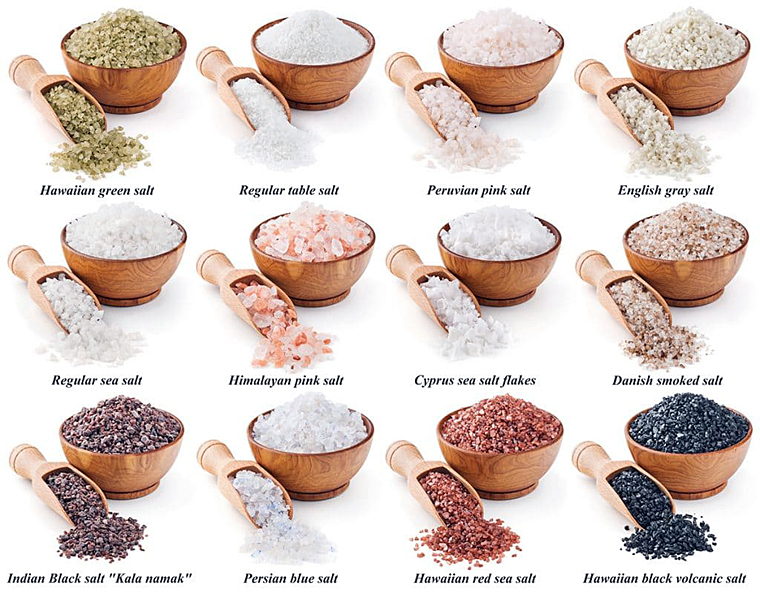
In a rather remarkable transformation of the ordinary into the precious, wine, tea, chocolate, pots and pans – even salt and pepper – are no longer just everyday things but have become symbolic indicators of the superior life. Williams-Sonoma founder Chuck Williams knows it and has been extraordinarily talented at recognizing the ways in which America has lost touch with the art of cooking and eating.
Despite our multi-ethnic heritage and melting pot culture, the mass-perception of American food and cooking (despite the heroic efforts of Julia Child and M.F.K. Fisher) has been dominated since the ‘50s by the likes of the Pillsbury Dough Boy, Betty Crocker, Aunt Jemima and the descendants of Swanson Frozen TV Dinners. Fewer Americans enjoy or know how to cook for themselves and their families, and highly processed and commercial fast foods are king.
Yet as Chuck Williams discovered, in the early ‘90s America’s bi-coastal “sophisticati” were ripe for a nostalgic trip back to the roots of fine dining, which essentially meant rediscovering the European style of eating and preparing food – on the whole a positive development. However, in our peculiar American way, restaurants morphed from places to eat to palaces devoted to over-produced and over-priced gourmet cuisine.
For a while, food as sculpture, requiring deconstruction prior to consumption, was trendy. Then the California “grab-bag” school of menu planning arrived, a willy-nilly combination of ingredients and styles of cooking normally separated by 12 time zones. This was the era of “flash-fried, rice-batter-dipped baby leaves of arugula served under a mélange of seared Tombo tuna, Philippine green guavas and Vietnamese lemon grass, topped with a baked grate of Idaho potato.” You can still find the shadow of this goofy-food, though, mercifully, it is falling out of fashion. Our portions, unlike the portions of the European’s we emulate, have grown progressively larger, along with our waistlines.
Wine, which used to be white or red and was something to drink, has became so precious that simple adjectives no longer suffice, replaced by “overtones of blackberry and clove, hiding behind a façade of French oak.” It is no longer something to drink, it is a lifestyle statement. Chocolate, which used to be available as milk and bittersweet, now sells as “single plantation heritage dark chocolate, 82 percent cocoa.” Salt, the original culinary commodity, now appears in 25 incarnations at Dean & DeLuca, including Alder wood-smoked salt, Hawaiian black salt and numerous Grey Salts from Brittany. Tea is green, red, black, white, spring-picked and tips only.
In the materialist world view, we are what we eat, use, own and display. If one succumbs to this view, happiness rests in acquiring as many precious things and opinions as possible; ipso facto, if these things are precious, then so are we. There is some comfort in this seductive, albeit temporary delusion. Yet as it will, with age and wisdom the delusion clears, and things become perfectly ordinary again; waking up in bed begins another day, toast is toast, and a cup of tea is just a cup of tea.